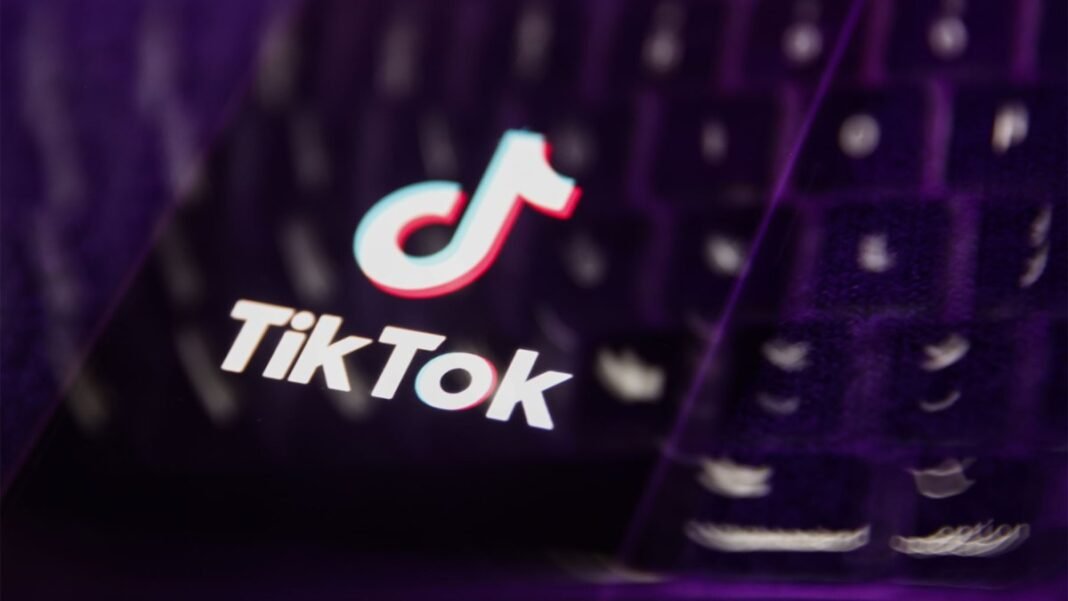Comprehensive Breakdown of TikTok’s Updated Community Guidelines
On September 13, 2025, TikTok will roll out a refreshed set of Community Guidelines that redefine user behavior standards and content curation methods for it’s iconic For You feed. While much of the revision aims to streamline language and clarify existing rules, notable modifications address commercial content openness, live stream host duties, personalized user experiences, and policies on AI-generated media.
Greater Accountability for live Stream Hosts
The revised guidelines impose stricter oversight responsibilities on creators conducting live broadcasts. Streamers are now explicitly liable for all interactions occurring during their sessions-even when employing third-party tools like real-time translation or voice-to-text features that vocalize audience comments. This means hosts must vigilantly monitor these integrations to ensure adherence to platform policies and prevent violations stemming from external software.
Clearer Regulations Surrounding Promotional Content
TikTok has introduced more explicit requirements regarding commercial posts shared by users. All promotional material must be clearly labeled as such to maintain transparency. Moreover, in territories where TikTok Shop is active, content directing viewers toward purchases outside this native marketplace will face diminished exposure within feeds and search results. This strategy highlights TikTok’s commitment to prioritizing its internal e-commerce ecosystem over external sales avenues.
Deepening Personalization in Search Results and Comment Displays
The platform now enhances customization by tailoring both search outcomes and comment sections based on individual user activity patterns. Unlike previous versions that referenced only “search suggestions,” the updated guidelines specify that search results and recommendations differ uniquely per user. Influencing factors include past searches, viewing history, likes given or received, replies made, as well as reports submitted by each account holder.
This personalization extends into comment threads where sorting algorithms prioritize responses most relevant to each viewer’s engagement habits-resulting in distinct comment experiences beneath identical videos across different users.
an illustrative Example of Personalized Finding
Avid gamers searching “strategy tips” might encounter video recommendations tailored specifically around competitive playstyles they frequently engage with-contrasting with casual players who receive broader introductory content-demonstrating how finely tuned discovery mechanisms have become within today’s social media environment.
simplified Approach Toward AI-Generated content Restrictions
TikTok maintains a firm stance against misleading or harmful AI-created media but now articulates these prohibitions more concisely. The platform bans any AI-generated images or videos designed to deceive audiences about critical public matters or inflict harm upon individuals. earlier detailed restrictions targeting deepfakes falsely endorsing products or harassing public figures have been consolidated into broader clauses addressing misleading or damaging synthetic content.
An interesting omission is the absence of specific limitations concerning AI-based celebrity endorsements-potentially signaling openness toward future innovations involving synthetic influencer marketing techniques powered by artificial intelligence.
Evolving Criteria for Inclusion in the For you Feed
The updated policy restructures eligibility standards determining which videos appear on TikTok’s For You feed. instead of grouping all prohibited categories under one section-as was previously done-the new framework disperses these rules across multiple thematic areas throughout the document.This reorganization may complicate fast referencing but seeks a more integrated approach aligning moderation practices holistically with community values.
A Shift in Moderation Language Reflecting New Priorities
TikTok has also refined how it expresses its moderation objectives: moving away from fostering a “safe, trustworthy, and vibrant” environment toward cultivating a “safe, fun, and creative place for everyone.” Notably missing is any mention of trustworthiness-a subtle yet significant change reflecting shifting priorities amid increasing scrutiny over social platforms’ societal roles worldwide.
The Broader Regulatory Landscape Shaping Platform Policies
This guideline update emerges amid mounting global regulatory pressures targeting social networks-including legislation such as the U.K.’s Online Safety Act (OSA), Europe’s digital Services Act (DSA), alongside various U.S.-based proposals aimed at enhancing digital accountability-which collectively influence ongoing policy revisions across major platforms worldwide.
Parallel Policy Developments Across Leading Social Networks
- A major photo-sharing app recently revamped its community standards emphasizing clearer misinformation controls following new government mandates;
- A popular short-video platform introduced tighter regulations around monetized livestreams aligned with evolving e-commerce laws;
- A messaging service enhanced safeguards against harmful automated messages using advanced AI detection systems;
- An image-centric network expanded personalized proposal algorithms while updating sponsored post disclosure requirements;
- A microblogging site refined reply visibility algorithms based on nuanced engagement signals similar to those described here regarding comments personalization;
- A global technology company incorporated clearer language addressing risks associated with synthetic media consistent with emerging industry best practices surrounding deepfakes.*
“TikTok’s latest guideline overhaul exemplifies current trends shaping online communities – balancing innovation alongside responsibility.”





